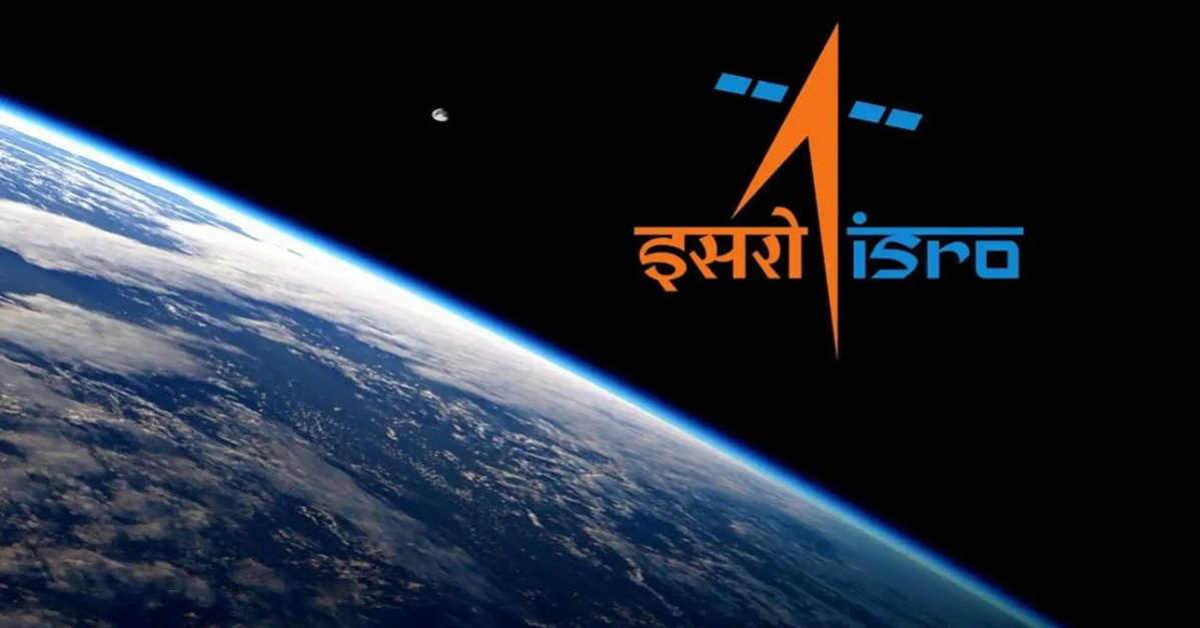The Indian Space Research Organisation (ISRO) has ambitious plans for advancing India’s presence in space exploration. These future missions of ISRO are set to strengthen its capabilities in space docking, human spaceflight, planetary exploration, and more. Each mission represents a unique step forward, showcasing ISRO’s commitment to expanding India’s space program and inspiring generations. In this article, we’ll explore some of the most anticipated future ISRO missions that will shape the future of space exploration.
Table of Contents
1. SPADEx (Space Docking Experiment)
The SPADEx mission, or Space Docking Experiment, marks a significant step for ISRO in advancing space docking technology, a crucial capability for future missions of ISRO involving crewed and deep-space expeditions.
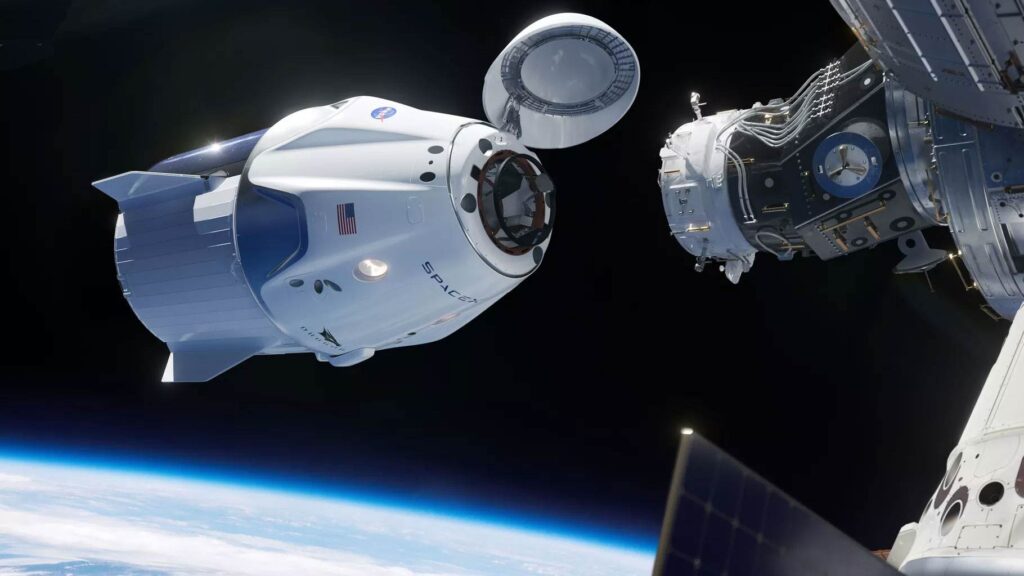
With SPADEx, ISRO intends to develop and test skills needed to dock two spacecraft in orbit, including precise manoeuvres, alignment, and a stable connection between vehicles. Docking is essential for operations like crew transfer, spacecraft assembly, and in-orbit refuelling. This pioneering project in space docking will lay the groundwork for ISRO’s future capabilities. Its expected launch is mid-December 2024.
This mission will also allow ISRO to build proficiency in autonomous navigation, guidance, and control, essential for missions such as an Indian space station. Successfully achieving docking capability will position ISRO among a select group of agencies with this expertise, boosting India’s potential in both independent and collaborative space ventures.
2. Gaganyaan 1, 2, and 3 Missions
The Gaganyaan mission series, a top priority among ISRO future missions, is India’s first human spaceflight program, aiming to position India as the fourth nation to independently send astronauts to space, joining Russia, the USA, and China. This ambitious project will begin with two critical unmanned test missions.
The first, scheduled for early 2025, will involve a spacecraft carrying a humanoid robot to test life-support systems, navigation, re-entry, and crew escape system functionality. This mission will assess the spacecraft’s performance under spaceflight conditions, ensuring it is ready for human crew.
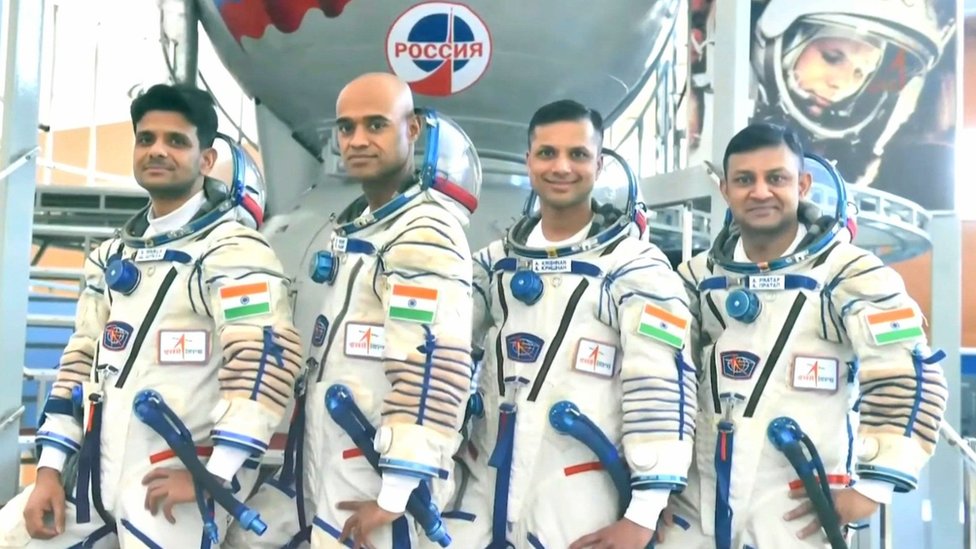
The second test mission will further enhance safety and operational protocols, including improvements based on the first mission’s findings. It will involve more extensive trials of the crew module and environmental control systems under near-realistic conditions. If these initial missions are successful, ISRO plans to launch the final, manned mission by 2026, sending three Indian astronauts into low Earth orbit. This milestone mission will mark a new era in India’s space program, demonstrating its capability for independent human spaceflight.
3. NISAR Mission
The NISAR (NASA-ISRO Synthetic Aperture Radar) mission is a collaborative future mission of ISRO and NASA, targeting environmental change detection with advanced radar imaging. Scheduled for early 2025, NISAR will be the most sophisticated radar imaging satellite to date, focusing on Earth’s land and ice surfaces to monitor natural disasters, climate change, deforestation, and urbanisation.
Equipped with two radar systems, the L-band and S-band, NISAR will deliver detailed Earth surface observations, helping predict hazards like earthquakes, landslides, and tsunamis. This mission will enhance scientific collaboration between India and the U.S. while advancing space-based Earth observation.
4. Chandrayaan-4
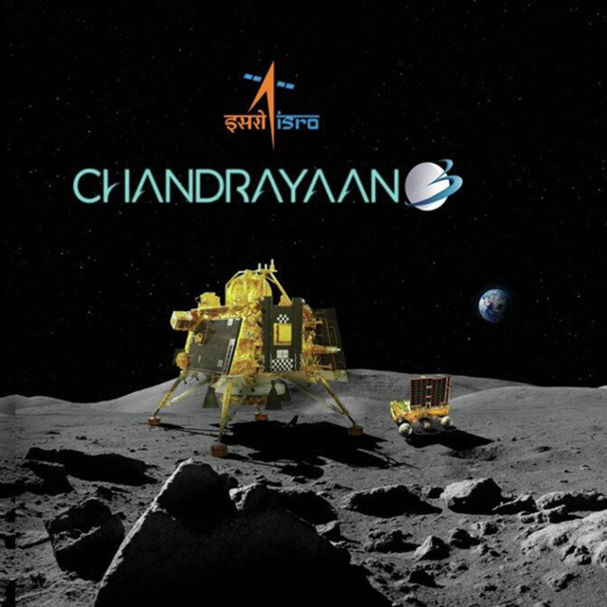
Chandrayaan-4, a planned lunar sample return mission, is one of the future ISRO missions under conceptualisation. It is the fourth mission in India’s Chandrayaan lunar exploration program. Expected around 2028, this mission aims to gather up to 3 kg of lunar regolith from near Statio Shiv Shakti, the Chandrayaan-3 landing site. Chandrayaan-4 will involve five modules across two launches, enabling docking and undocking in lunar orbit, sample collection, storage in vacuum containers, and safe return to Earth.
5. Venus Orbiter Mission (Shukrayaan-1)
The Venus Orbiter Mission, or Shukrayaan-1, is ISRO’s venture into Venus exploration, one of the most promising future missions of ISRO. Venus is often referred to as Earth’s twin due to its similar size and composition.Targeting Venus’s atmosphere, surface, and volcanic activity, Shukrayaan-1 will provide insights into the planet’s climate and geology.
The mission’s payload will include spectrometers and radars to penetrate Venus’s dense atmosphere and study its surface features and potential volcanic activity. This mission will help understand Venus’s climate dynamics and atmospheric chemistry, including its greenhouse gas effects, which could offer valuable clues about climate change phenomena on Earth.
Set for launch on March 29, 2028, Shukrayaan-1 represents India’s growing capability in interplanetary exploration. With this ambitious mission, ISRO aims to join the global effort of Venus exploration, following in the footsteps of NASA and ESA, and contribute to a better understanding of our neighbouring planet.
6. Bharatiya Antariksh Station (Indian Space Station)
The Bharatiya Antariksh Station is India’s ambitious project to establish its own space station, projected for launch in the mid 2030s. Announced as the future mission of ISRO, the proposed space station aims to serve as a long-term platform for scientific research and technology demonstrations in low Earth orbit. Unlike the large-scale International Space Station (ISS), the Indian space station is expected to be smaller, weighing around 20 tons, and designed for hosting crew members for shorter missions lasting up to 15–20 days.
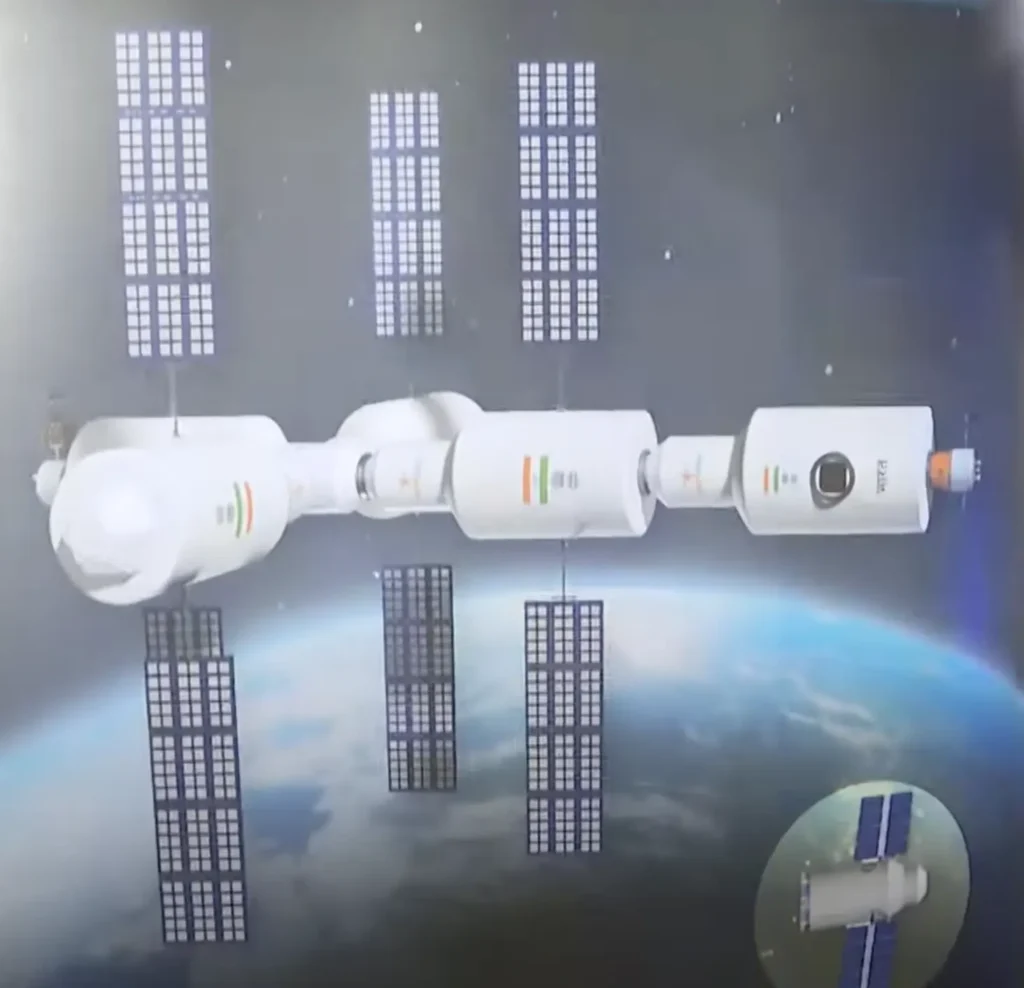
The space station will facilitate advanced experiments in microgravity, space biology, and material sciences, enhancing India’s capabilities in human spaceflight following the Gaganyaan mission. It marks a significant step in ISRO’s roadmap for sustained human presence in space and is expected to pave the way for further exploration missions, including potential collaborations with international space agencies.
7. Mangalyaan-2 (Mars Orbiter Mission 2)
MOM 2 is one of the ISRO future missions that aims to land a rover and fly a helicopter on the surface of Mars. This ambitious project will make India the third country, after the USA and China, to successfully land a rover on Mars. The mission features a parachute-assisted descent and a crane mechanism to safely deploy the rover onto the Martian surface. The time period of the launch is yet to be decided by ISRO as they are still working on it.
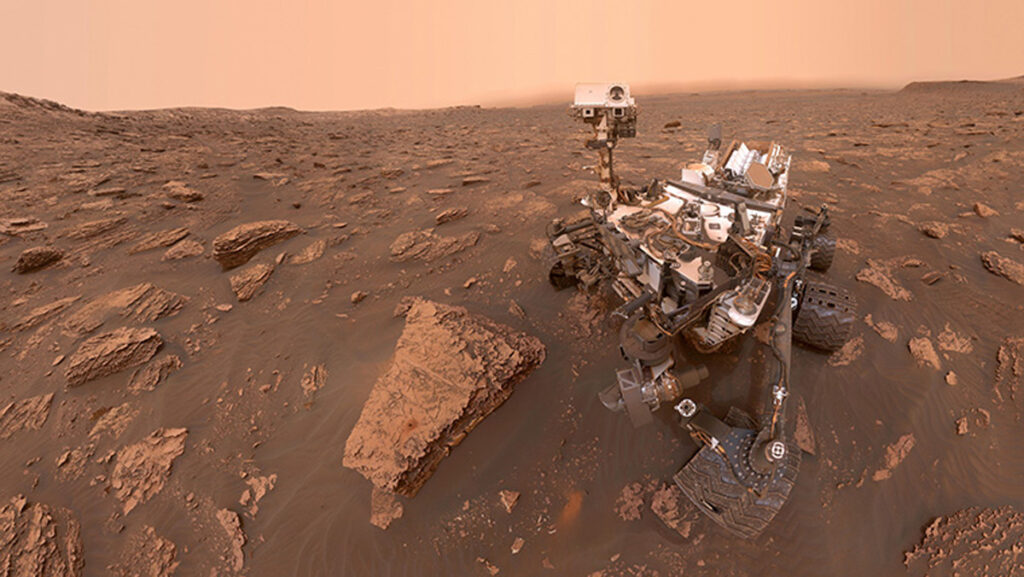
MOM-2 will focus on studying the Martian atmosphere, geology, and searching for signs of life, including methane detection, which could indicate microbial activity. It will also examine seasonal changes and weather patterns. This mission follows the success of Mangalyaan-1, which operated far beyond its expected lifespan of 6-10 months, providing valuable data from Mars orbit for an impressive 8 years.
Conclusion
The future missions of ISRO promise to be a game-changer in space exploration, as the organisation pushes the envelope with groundbreaking projects. Whether it’s sending humans to space, exploring the Moon and Mars, or studying the Sun and Earth’s atmosphere, ISRO is poised to take India to new heights in the field of space science and technology. With its innovative approach, international partnerships, and strategic focus on sustainability, ISRO’s future ISRO missions are set to inspire generations and contribute to the advancement of humanity’s knowledge of the cosmos.
